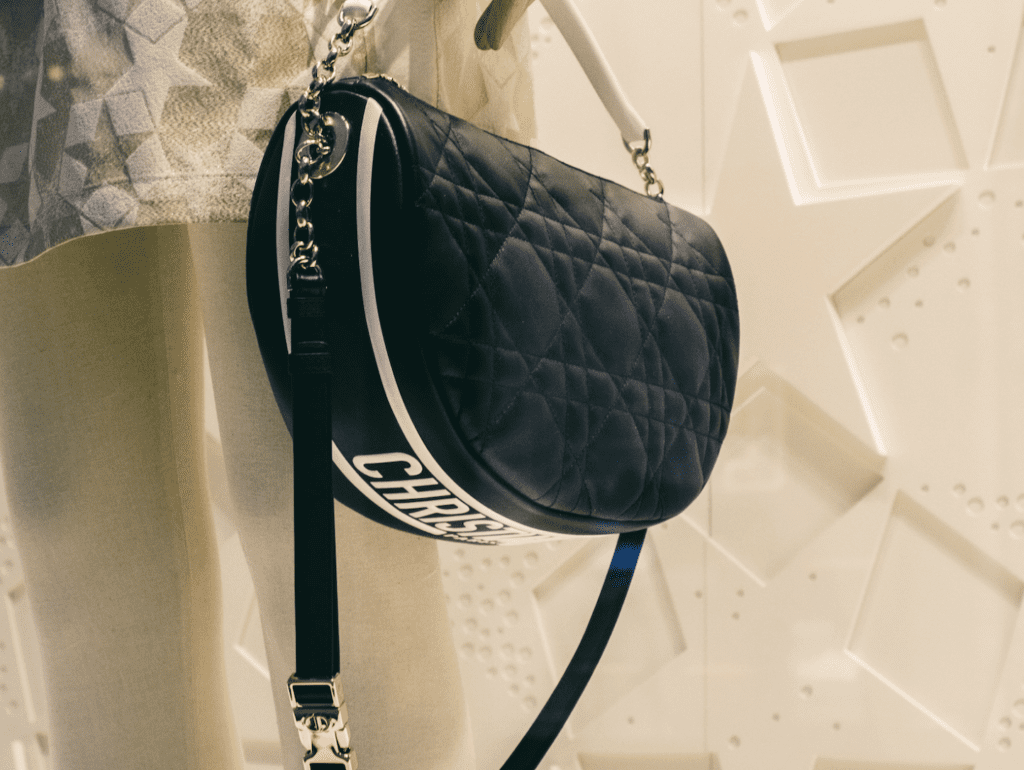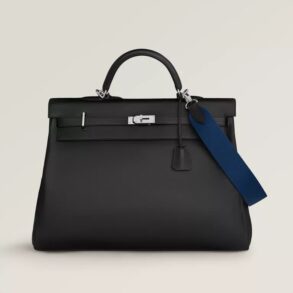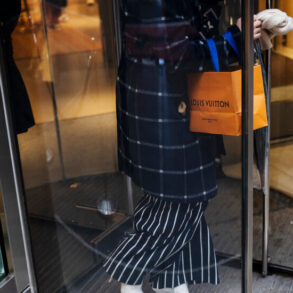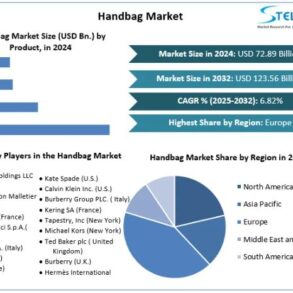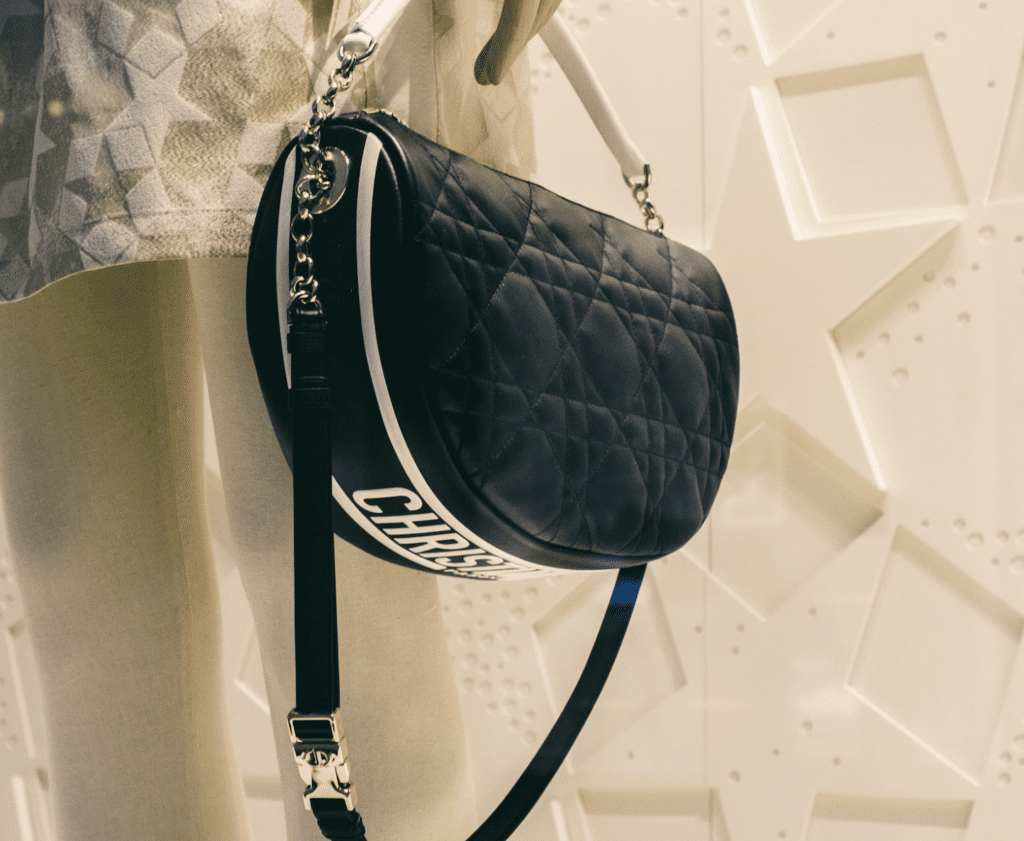
Dior made headlines in June when it was revealed that the prosecutors in Milan were investigating the supply chains of more than a dozen big-name fashion brands. A Milan court appointed a commissioner to oversee the operations of Dior Manufactures SRL after an investigation into four of its suppliers in and around Milan uncovered that Dior goods were made in “sweatshop-like” conditions. The result of such reportedly dismal working conditions at Chinese-owned, Italy-based subcontractor factories? Handbags were reportedly supplied to Dior for “as little as 53 euros ($57),” which the French luxury brand then offered up to consumers for 2,600 euros ($2,814) or more. Dior has denied “erroneous” reports that bags were produced at such “ridiculously low” costs.
The LVMH-owned company has held onto headlines in the wake of the initial bombshell, with reports since surfacing that as of July, it was behind on making supply chain-specific disclosures required by the Modern Slavery Act of 2015 and was also displaying a sustainability certification on its website that was no longer valid, per Reuters. And all the while, Italy’s competition authority revealed that it is investigating whether Dior (and fellow luxury brands like Armani) misled consumers over its “commitment to craftsmanship and social responsibility” in light of the “sweatshop” labor allegations.
The barrage of bad news has prompted demands from LVMH investors. Europe’s top asset manager Amundi, which holds a $2.2 billion stake in LVMH, and other LVMH shareholders, for example, have called on the luxury goods titan to “take more aggressive steps to monitor its suppliers’ treatment of workers,” three investors told Reuters. “We hope that these recent allegations will be looked at seriously and will speed up improvement within the sector of policies and practices to ensure proactive management of supply chain risks, including those around working conditions,” Caroline Le Meaux, global head of ESG research Amundi, said.
Why Brands Fall Short
The headline-making Dior probe and reports of substandard working conditions at factories tied to it raise questions about the workings of companies’ supply chains – even companies that are among the most meticulous when it comes to crafting and controlling the images that they project to consumers. In particular, the fallout over Dior’s manufacturing begs the question of how control-happy luxury brands could become embroiled in a “sweatshop” scandal.
For LVMH, in particular, the reality is complicated in light of the number of brands that fall under its umbrella; the French conglomerate owns upwards of 75 different brands in fashion, jewelry, spirits, hospitality, etc., all of which come with different value chains. At the same time, the modern supply chain is rife with potential blind spots due to the intricacies inherent in sourcing raw materials, manufacturing, finishing, and distributing products. It appears that even one of the most famous luxury brands in the world may not be immune to the complexities and risks of contracting and subcontracting.
> Subcontracting is practice by which a party’s suppliers outsource certain aspects of production to external (and often, undocumented) companies or suppliers, thereby, creating a multi-tiered chain that typically lacks transparency and quality controls.
Dior acknowledged this issue, with a spokesperson saying that the company had, in fact, audited the suppliers that prompted the Italian prosecutors’ probe but said that they “evidently succeeded in hiding these practices” (or potentially, were unaware of the subcontracting, themselves).
The Legal Angle
In addition to the issues that come with multi-faceted, multi-national, and ultimately, increasingly complicated supply chains, there are also legal quagmires at play. “The unfortunate reality is that if companies want to be part of the solution, they are likely to be hindered by the current legal system,” according to University of Newcastle professors Kevin Sobel-Read and Georgia Monaghan. “The problem is that if brands are to eradicate labor exploitation, they must take more control of their supply chains, and if they take more control over their supply chains, they open themselves up to the risk of tremendous legal liability.”
When it comes to the relationship between these vast networks of suppliers and the law, “there is a connection between responsibility and liability,” per Sobel-Read and Monaghan. “A brand is generally only legally responsible for the actions of suppliers if the brand directly employs and controls that supplier.” As such, in order to give rise to change in the global fashion industry, “the countries” – or states and/or cities – “where brands are headquartered need to reconsider their legal policies.” (This is precisely what lawmakers in Los Angeles did by way of the Garment Worker Protection Act, which establishes joint liability for brands for the entirety of their manufacturing chain when they contract with another entity to perform garment manufacturing operations.)
To be specific, Sobel-Read and Monaghan argue state that existing liability rules “need to be amended to incentivize brands’ direct involvement in labor issues within their supply chains.” More fundamentally, though, they say that in order to get brands on board with improving their supply chains and stopping worker exploitation, “the first step is to recognize the complex landscape in which brands operate.” In the current environment, “it is often safer – legally and financially – for brands to limit their involvement in labor issues and hide behind third-party ‘monitoring’ and ‘audits.’”
“To truly affect change, though,” they assert that “we must find ways to transform what are now risks of action into incentives for change.”
This post was originally published on this site be sure to check out more of their content.




